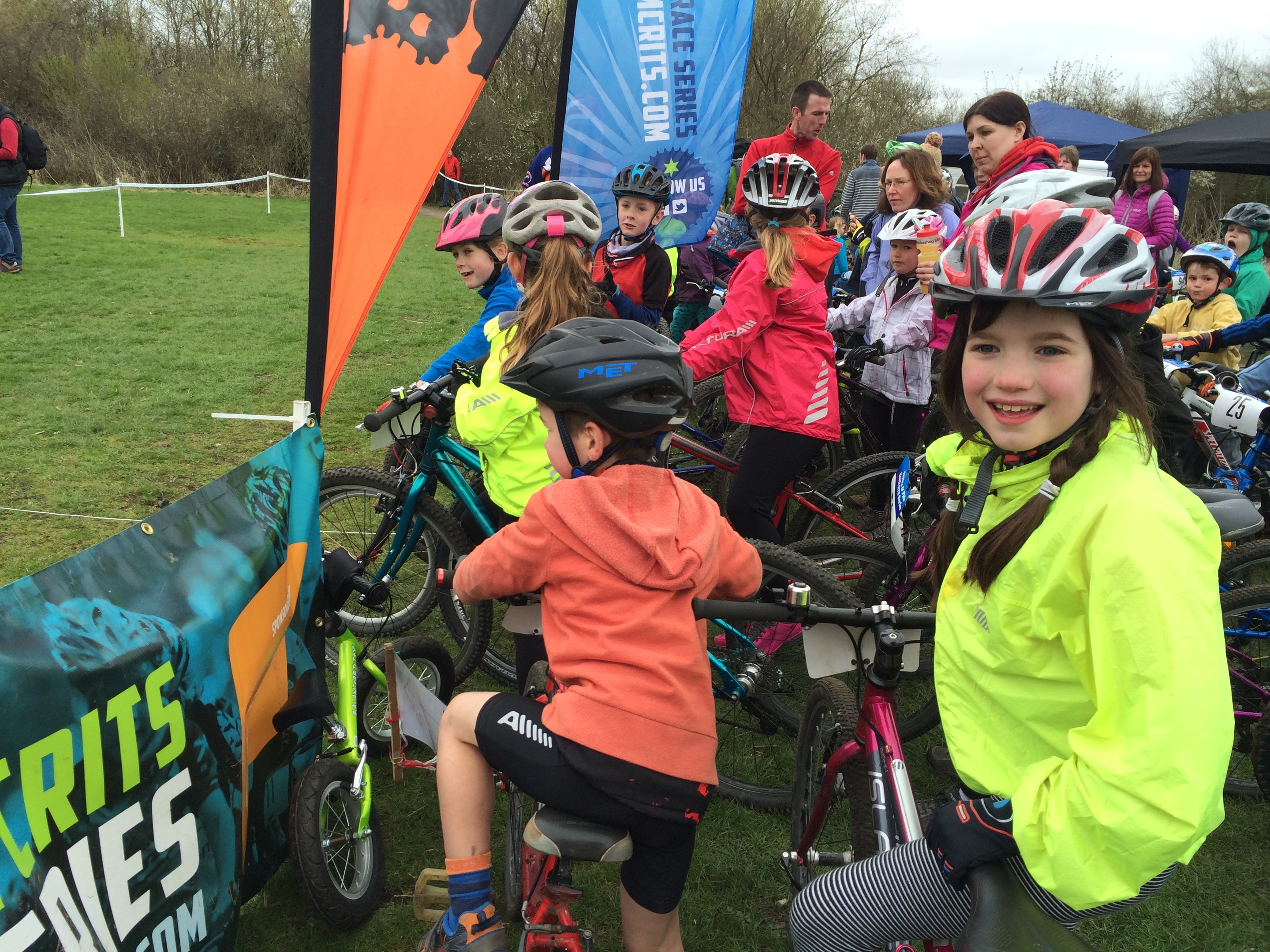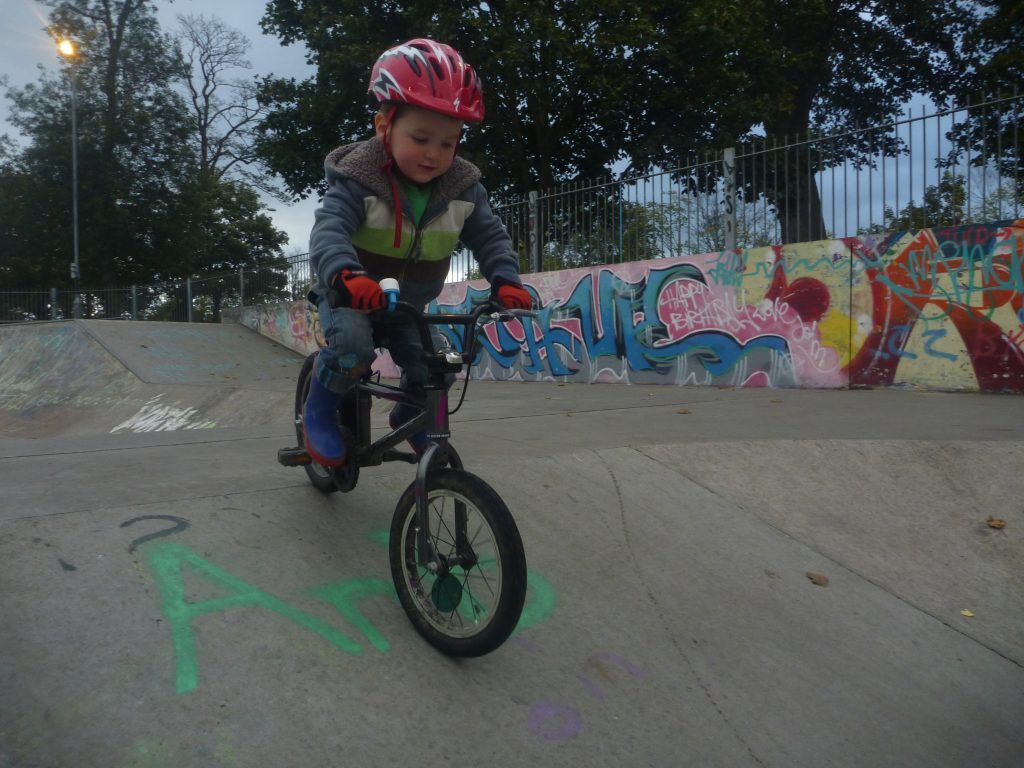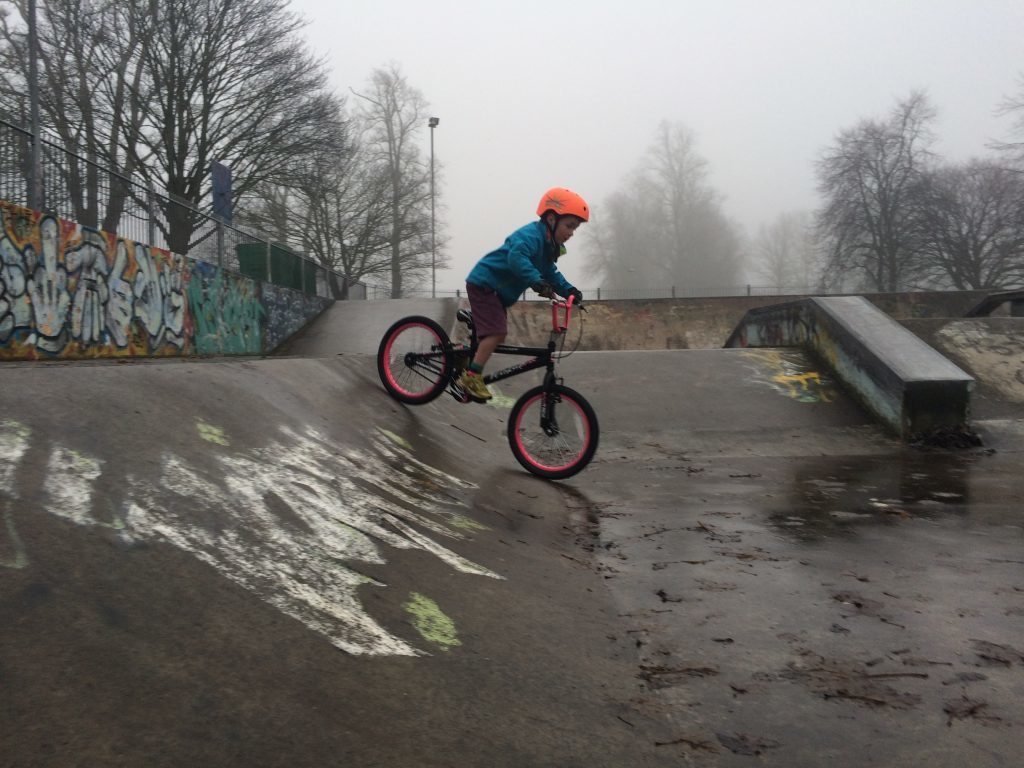Standing at the start line of a recent Under 10 bike race I watched my daughter line up with 40 other riders – at least 40% of them were girls.
It is encouraging to see so many girls actively taking part in the sport. Sadly this trend does not reflect into the older age groups. By the time the categories reach Under 14 & 16 you are lucky if you find only one or two girls who have entered. There are many reasons for this, but it is not helped by the continuing lack of representation of women’s cycling at a professional level.
It is not that we have a lack of female role models for our young cyclists to look up to. Lizzie Armitstead, Laura Trott and Rachel Atherton are just a few of the current crop of British riders who are World Champions and are racing at a level where they are peerless.
These riders are not a recent phenomenon.
The pedigree of British female champions spans back over the history of bicycle racing. Beryl Burton was perhaps the most prolific, but still her name and achievements remain largely unknown, even within the world of cycling. She started racing in the 1970s and in a career that spanned five decades she won seven world titles, 12 road-race championships, 96 national titles and 71 time-trial titles. In these victories she regularly out-performed and beat her male counterparts.
Before Burton there was Marguerite Wilson who was arguably one of the greatest female riders of all time. Wilson, from Bournemouth started racing as an amateur in 1935 at the age of 17.
After breaking three records in 1938 she turned professional and went on to break 11 more. One of these was completing the ride from Land’s End to John O’Groats in two days, 22 hours and 52 minutes.
If it wasn’t for the outbreak of World War II this remarkable woman would have continued to dominate and flourish in the sport of cycling.
Wilson’s bike of choice was the hugely successful Hercules. A Birmingham brand, founded in 1910 by two brothers it became a hugely successful business which at its peak in the 1930s was producing and exporting 40% of the total output of all British bicycles. A large part of that success was indebted to riders like Wilson who promoted the brand as the bike to own.
The achievements of Wilson and Burton were set against a backdrop of misogyny and prejudice. Woman on bicycles was viewed with suspicion and thought to be immodest. Over time attitudes changed, not least helped by the changes in fashion that allowed women to be more comfortable riding bikes. Doctors that had previously thought of cycling as a health risk to young women started to endorse the activity as a healthy exercise.
Unfortunately this process of emancipation has not led us to the present time where female cyclists are treated with equality.
It was not until the Los Angeles Olympics in 1984 that a women’s road race was included (the men had been racing for Gold in 1896, then every four years from 1928).
Cycling magazines are still almost exclusively biased towards a male readership and although there once was a women’s Tour de France that ran alongside (albeit with a shorter route), the women now have to satisfy themselves with a token single day race held on the final day of the men’s event in Paris.
Even a successful British registered team like Team Sky has not committed to fielding a female team.
In the 21st Century this state of affairs is unacceptable and I am ashamed that the sport I love and have grown up with still has such a misogynistic current running through its core.
Excuses that there is a lack of sponsorship and appetite for more women’s racing are bunkum. It simply comes down to a lack of drive, willingness and ambition from those in the sport’s governing bodies.
I can only hope that in the coming years that those in power recognise this crass state of affairs and work towards a future where cycling is a sport for everyone.
| Where to ride: | Your local skate-park |
| Suitable for: | Riders of all ages |
| Where: | All over Courier Country |
| Description: | Skate parks are often overlooked as a place to go and ride your bike, but can often be the ideal venue for those learning to ride. From riders just starting out on balance bikes to riders learning more advanced skills this environment is a great place to do it all. There is also the added bonus that many other riders there are often more than happy to offer their knowledge and help younger riders learn new skills. Both of my children started learning to ride on balance bikes in skate parks and continue to go to them now to brush up on their skills. |












